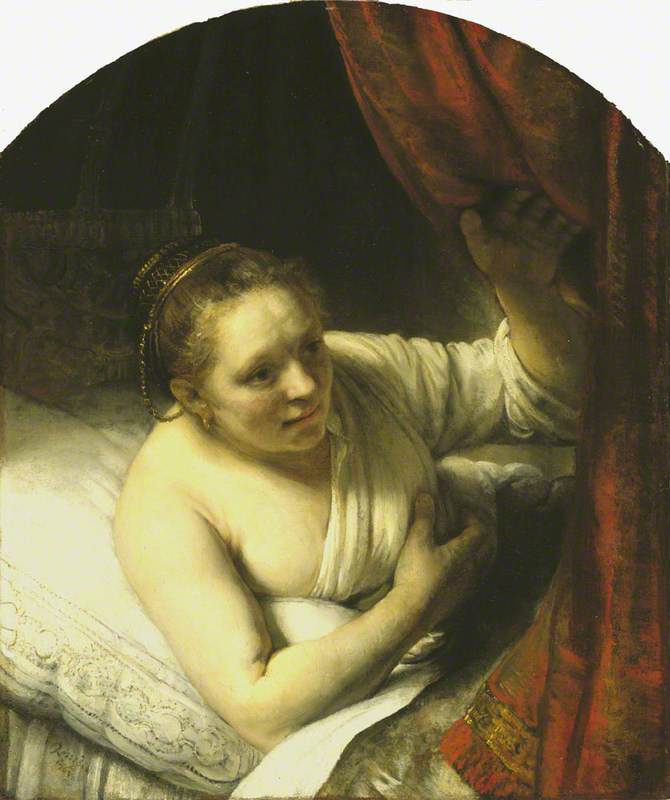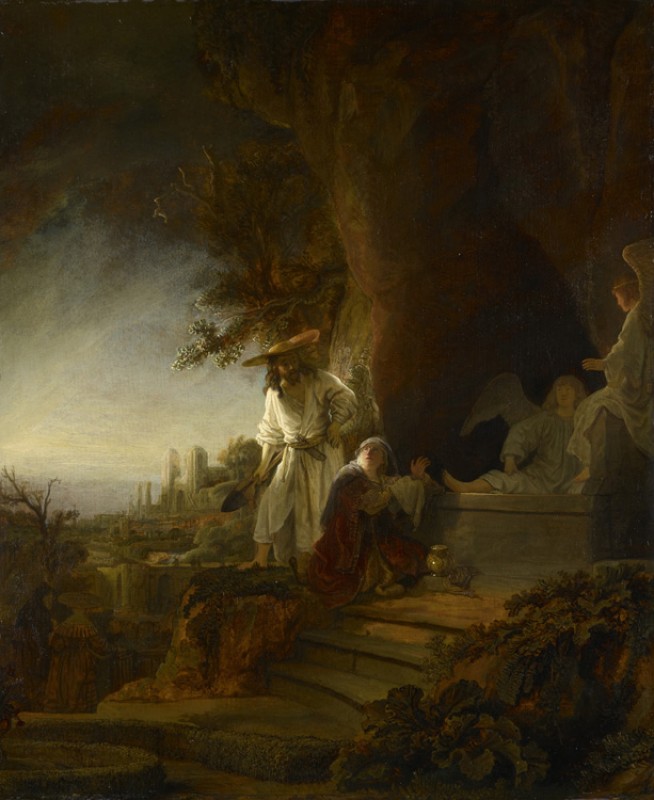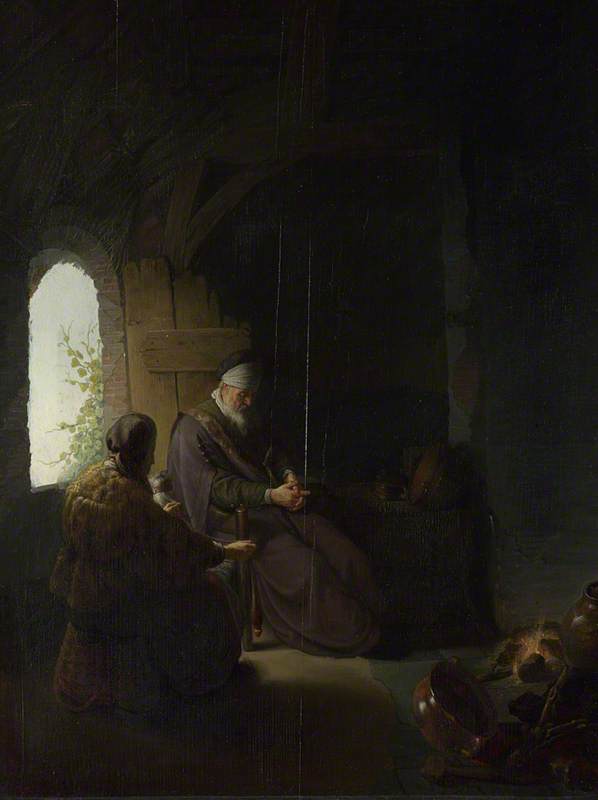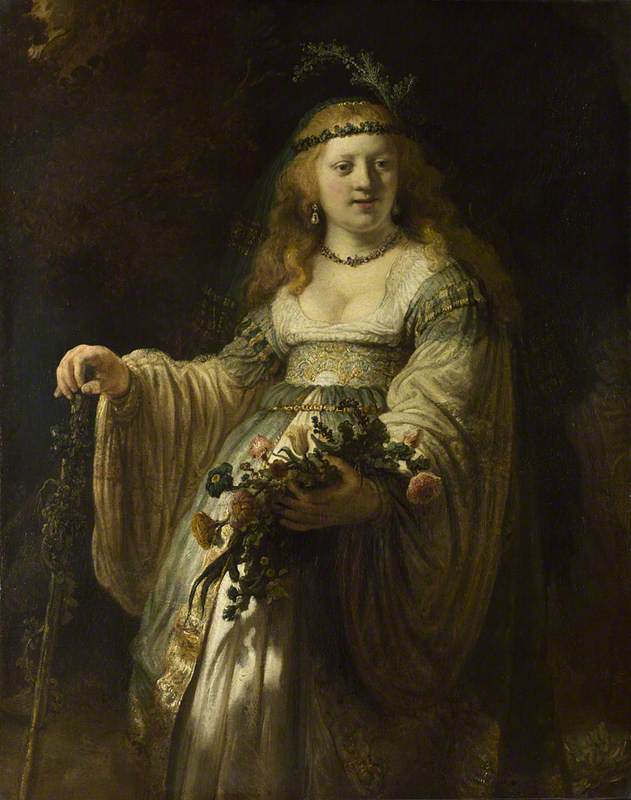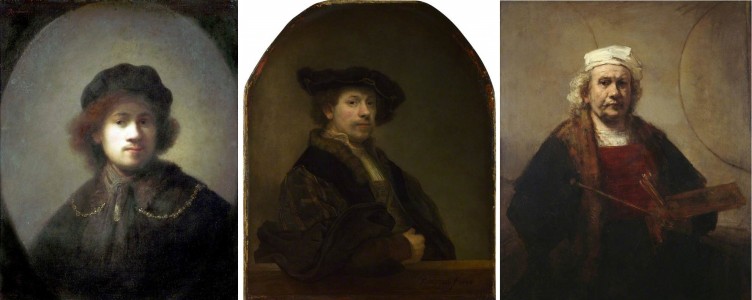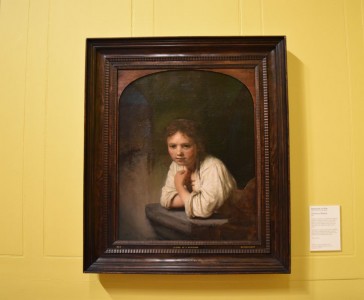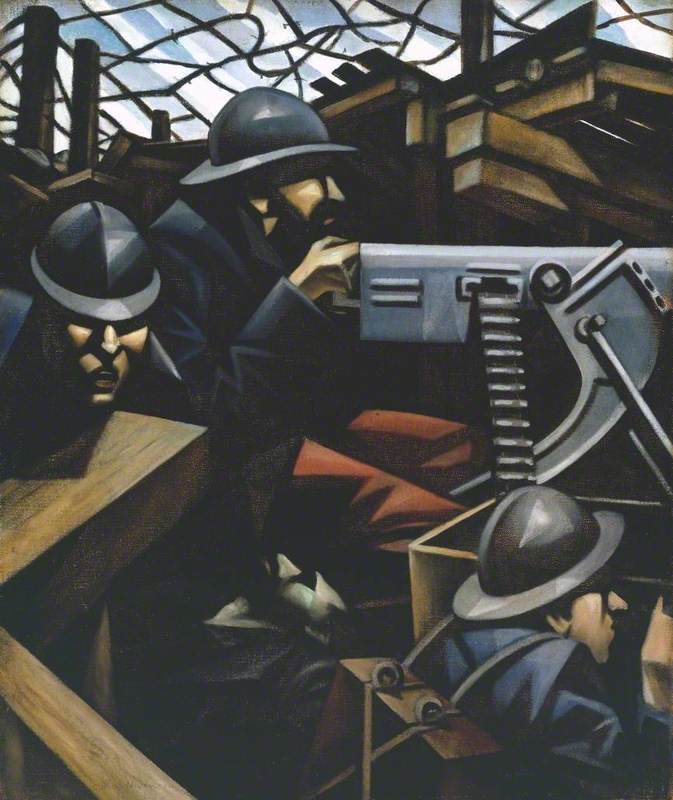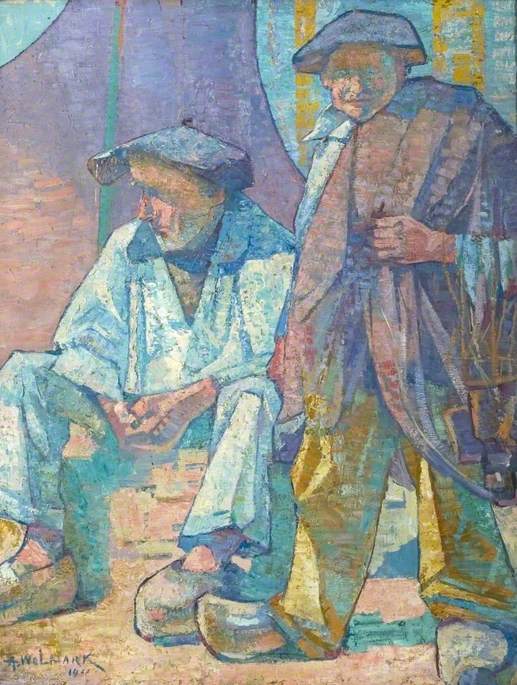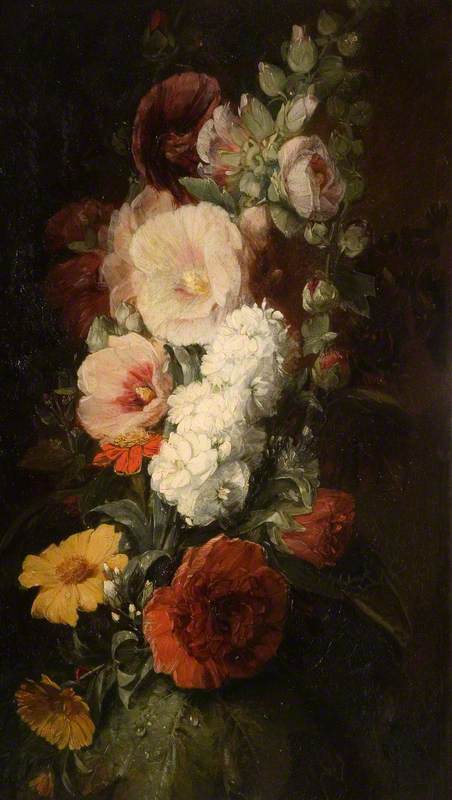A new exhibition at Norwich Castle spotlights a relatively little known collection of Rembrandt etchings and celebrates the Dutch master’s genius as the world’s first great printmaker.
The art collections at Norwich Castle contain an internationally important collection of 93 Rembrandt etchings, the fourth most important of its kind in the country. Given the fragility of the etchings, they have not been seen collectively on public display for over 30 years, and perhaps as a consequence, have tended to be over-shadowed by better known collections at the British Museum, the Ashmolean Museum and the Fitzwilliam Museum.
This is set to change with a new exhibition curated by Norwich Castle’s Keeper of Art and Curator of Decorative Arts, Dr Francesca Vanke and Curator of Historic Art, Dr Giorgia Bottinelli, which brings together the majority of the Castle’s Rembrandt etchings and presents them alongside key works in other media. Rembrandt: Lightening the Darkness explores Rembrandt’s mastery of the medium of print, one of the less well-known aspects of his output, and his fascination with the effects of light and shade across all media, including oil paintings and drawings.
The internationally revered Dutch artist Rembrandt van Rijn (1606–1669) is today much better known for his oil paintings and drawings. However, in his own time Rembrandt was as famed for his etchings as for his paintings and in Britain, for example, he was far better known as a printmaker. Our exhibition seeks to re-focus attention on this important element of his career, in particular his use of this medium to explore innovative tonal gradations to produce evocative images of the Dutch landscape, biblical scenes full of drama and pathos, as well as sensitive portraits, including many introspective self portraits.
Clearly Rembrandt was fascinated by the process of printmaking, and the artistic possibilities it opened up for him. The exhibition demonstrates how Rembrandt’s handling of light and darkness, expressed purely through the medium of black lines and white space was unsurpassed. The exhibition also reveals how Rembrandt’s preoccupation with light and shade can be seen throughout his work, drawing on specially selected additional works which complement the prints.
Three oil paintings: A Woman in Bed from the National Galleries of Scotland, Christ and Saint Mary Magdalen at the Tomb from the Royal Collection and Anna and the Blind Tobit from the National Gallery have generously been loaned to Norwich for this exhibition. The British Museum has also loaned a chalk and wash drawing The Angel Preventing Abraham from Sacrificing His Son Isaac, together with four prints.
By comparing prints with a chosen group of paintings and drawings the exhibition shows how physical and metaphorical light and darkness meet and combine in Rembrandt’s work in all media, creating narratives that communicate to the viewer across time.
The process of etching has been used in printmaking since the Middle Ages and is achieved by the artist drawing a picture with a needle onto a metal plate which has been covered with a waxy ground. The plate is then dipped in acid, which then bites into the lines created by the artist. Rembrandt was highly skilled in etching, as well as other related techniques of engraving and drypoint. As such he is credited as being one of the world’s most renowned and innovative printmakers.
83 of the etchings from Norwich Castle’s Rembrandt collection are included in the exhibition. The subjects of the prints cover the whole range of his oeuvre. Each of the prints vividly reveals Rembrandt’s outstanding ability to capture the many nuances of light and shade. Enigmatic figures emerge from evocative darkened backgrounds, night is subtly differentiated from shadow, while narrative and emotion are heightened by contrasts and perfectly added highlights.
Unlike many artists Rembrandt printed the plates himself and often re-worked them as can be seen from comparing different states of the same subject. As such, printmaking to him was a constantly evolving art. In addition he was perpetually experimenting, often employing different acids and using hatching lines of varying thickness, bitten to depths of various degrees, in his attempts to achieve greater tonal effects. Different papers, European and Oriental, as well as oatmeal and vellum, were also a means to create further gradations in texture and contrast. Rembrandt treated printmaking as an artistic medium in its own right, rather than merely a means of the mass reproduction of existing works, as had been the case up to this point.
We are very lucky at Norwich Castle to have such an amazing collection of Rembrandt etchings. They came into the collections through the generosity of one man, art collector and gallery manager, Percy Moore Turner (1877–1950). Although he was born in Halifax, his family moved to Norwich in 1889. Passionate about art from a young age, Percy became manager of the Old Bond Street gallery in 1905 and went on to run galleries in Paris. In 1920 he set up the Independent Gallery back in London where he promoted modern French painting and attracted clients such as Samuel Courtauld.
He didn’t forget his Norwich roots, building a life-long association with Norwich Castle Museum & Art Gallery, which included organising exhibitions and lending artworks. Towards the end of his life and in ill-health he was preoccupied in finding suitable homes for his extensive art collection and was happy to gift his wonderful Rembrandt etchings to the Castle. Percy died in Buckinghamshire in September 1950.
He would surely be delighted that these wonderful works are now stepping into the light with this exhibition, together with a new publication, the first devoted to the Norwich Castle Rembrandt etching collection, written by Dr Francesca Vanke and Dr Giorgia Bottinelli.
Esther Morgan, Relationships Officer, Norfolk Museums Service
'Rembrandt: Lightening the Darkness' is supported by headline sponsors Birketts LLP and runs from 21st October 2017 to 7th January 2018.
The exhibition is accompanied by a richly illustrated publication, Rembrandt: Lightening the Darkness, Norfolk Museums Service, 2017.
Information on Percy Moore Turner taken from: The Life of Percy Moore Turner, Connoisseur, Impresario and Art Dealer by Sarah A. M. Turner, which will be published by Unicorn in April 2018.
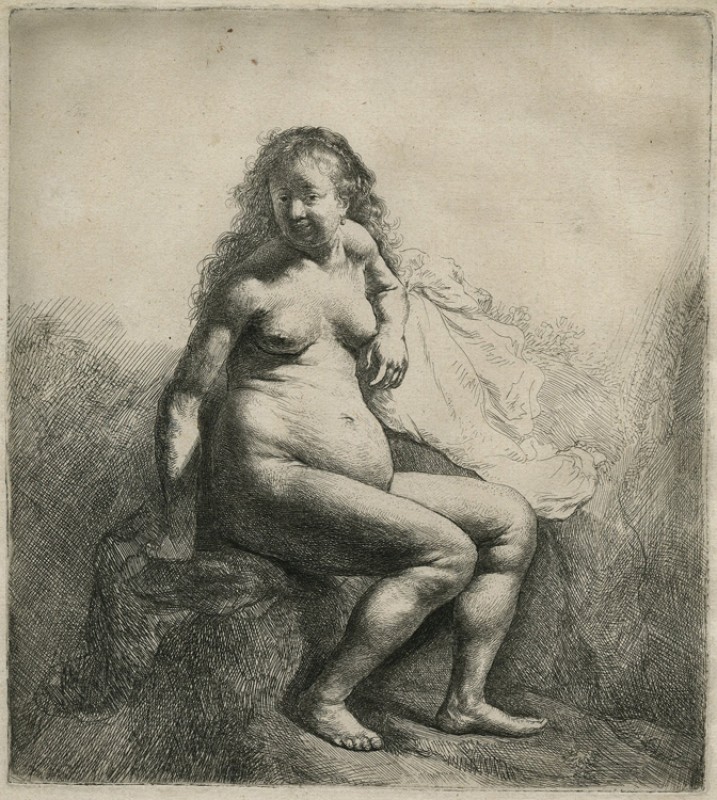

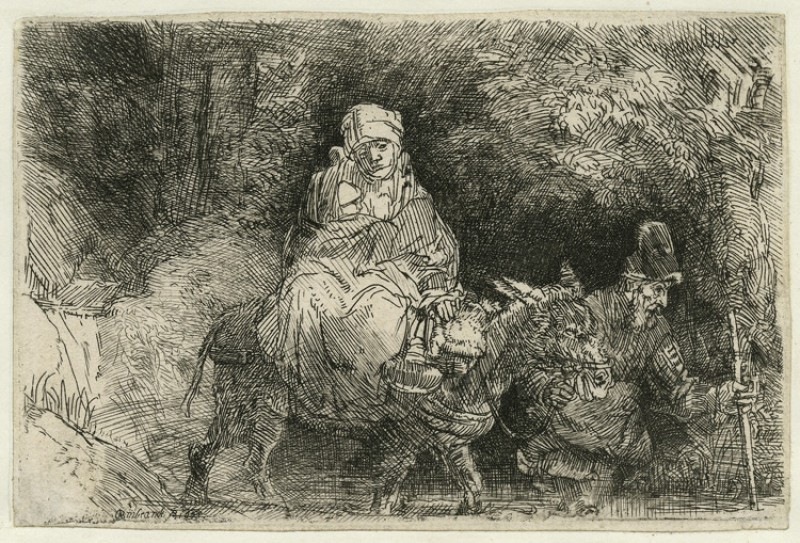

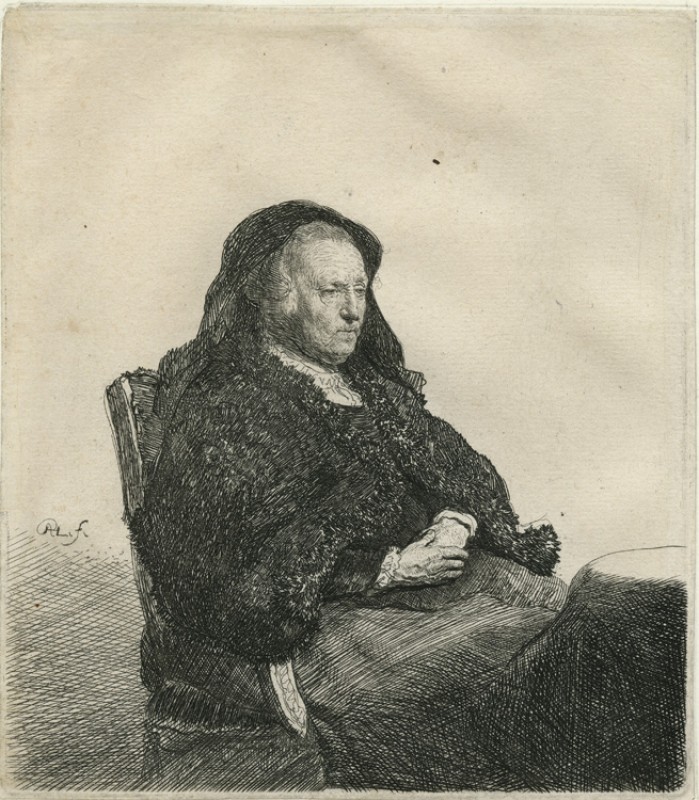
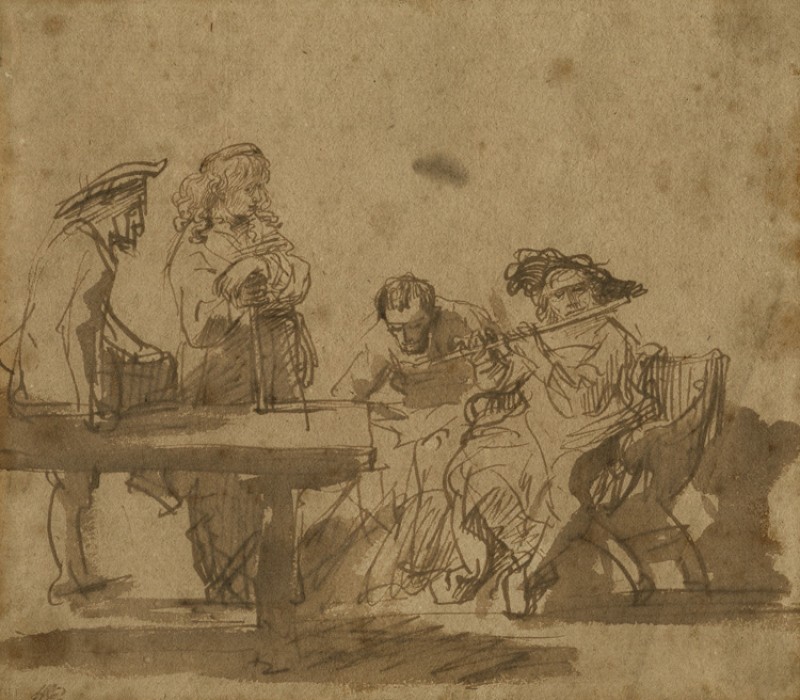
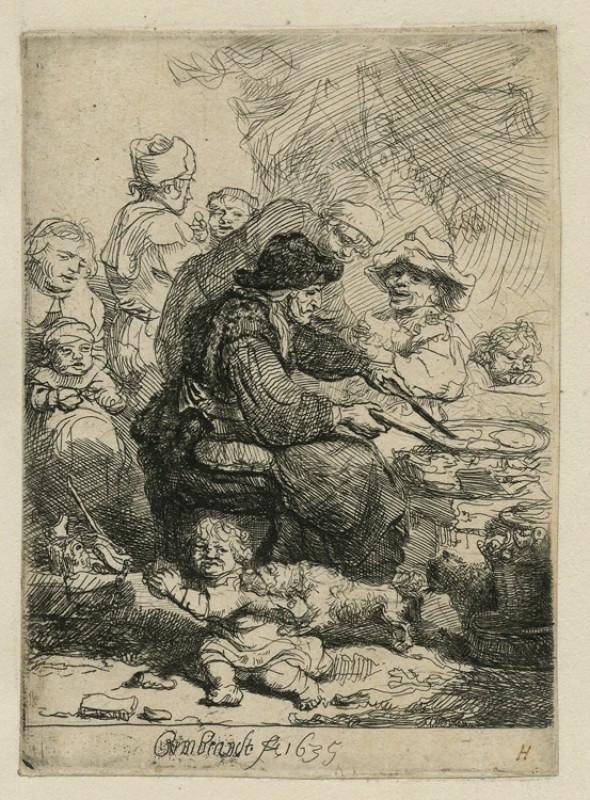
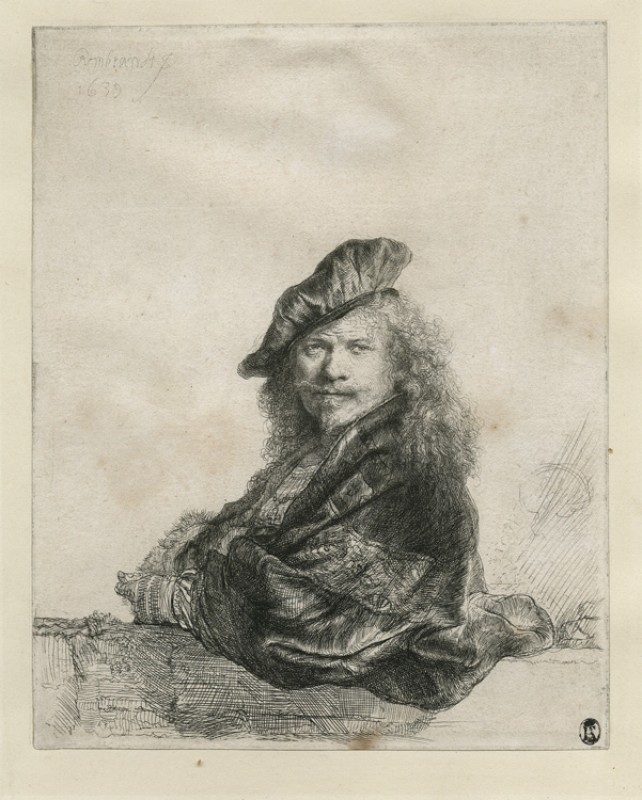
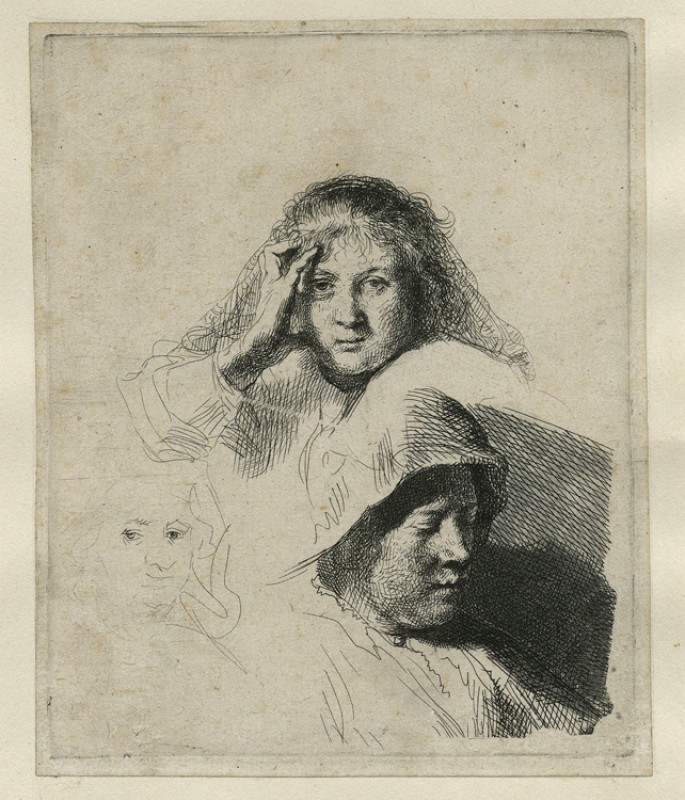
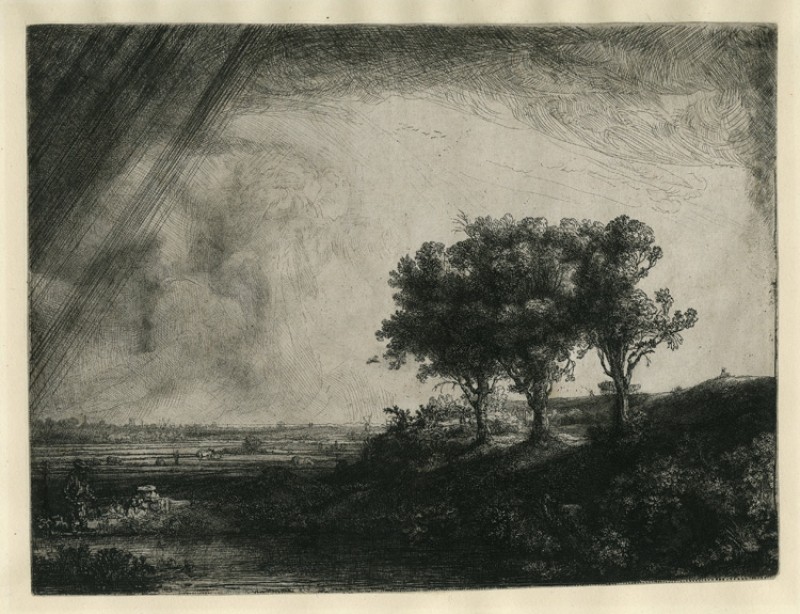
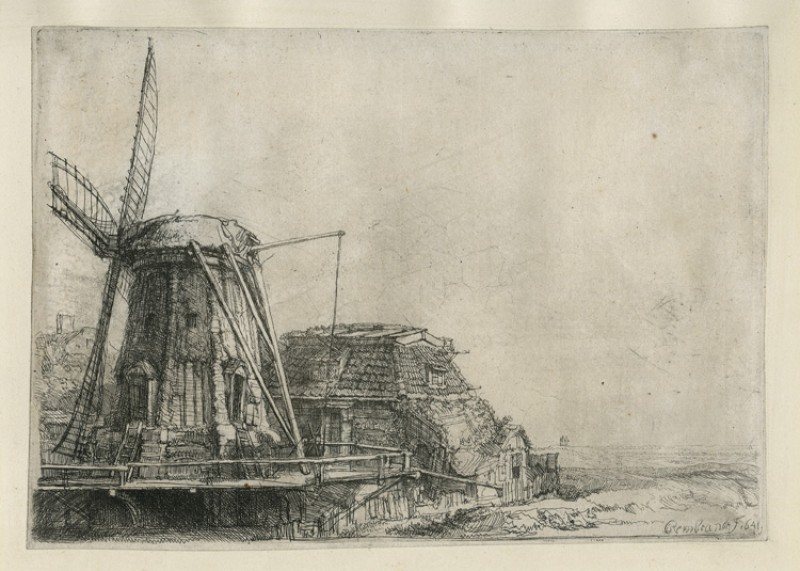
.jpg)
